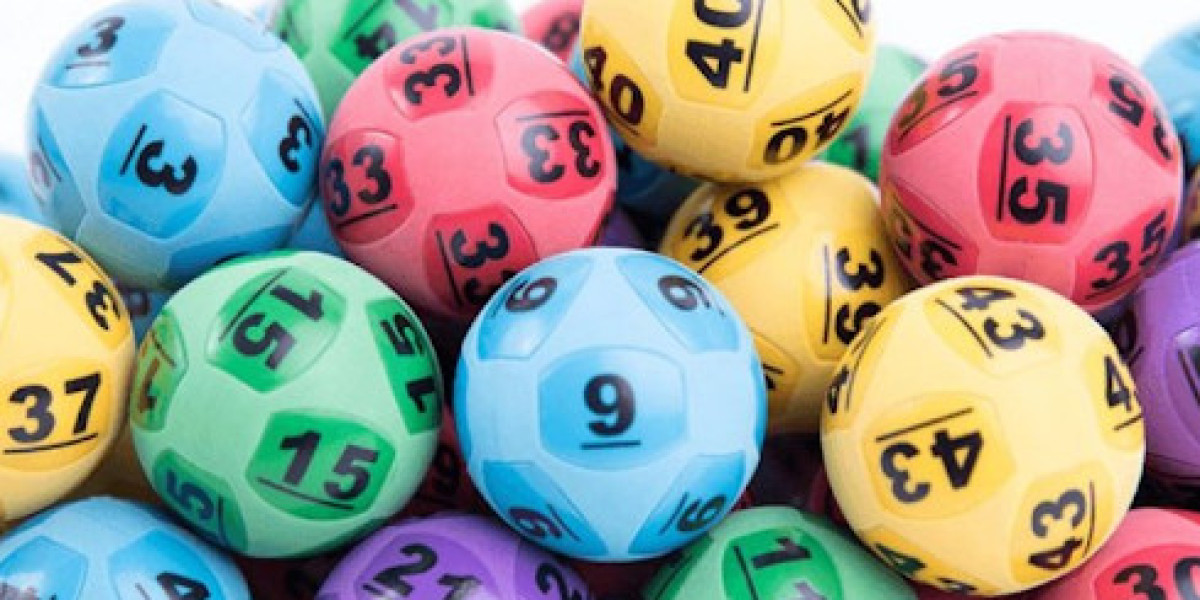Soybeans are one of the most vital crops in global agriculture, providing essential nutrients and serving as a key ingredient in many food and industrial products. With rising global demand for plant-based proteins and oil, soybean production has become increasingly critical for farmers, agribusinesses, and supply chains worldwide. However, to ensure profitability and sustainability, understanding the Soybean Production Cost is crucial. The Extensive Soybean Production Cost Report provides a deep dive into the factors that influence production costs, including cost models, pre-feasibility studies, labor charges, utilities, logistics, supply chains, and lifecycle cost analysis. This article explores these key factors and offers a comprehensive understanding of soybean production costs from a global and regional perspective.
Request a Free Sample for Soybean Production Cost Reports – https://www.procurementresource.com/production-cost-report-store/soybean/request-sample
Understanding Soybean Production Cost: An Overview
Soybean production involves several cost components, each of which can vary significantly based on geographic location, farming practices, and market conditions. To gain a better understanding of the Soybean Production Cost, we must consider several factors such as land acquisition, machinery, labor, raw materials (e.g., seeds, fertilizers, pesticides), utilities, logistics, and more.
The Soybean Production Cost can be divided into two main categories:
Fixed Costs: These are costs that do not fluctuate with the volume of soybeans produced, including land costs, machinery and equipment, infrastructure, and capital investment in technology.
Variable Costs: These are costs that vary based on the scale of production and include seed purchase, labor, fuel, water, fertilizers, pesticides, and packaging.
By understanding the relationship between these costs, farmers can make better decisions on managing their resources, optimizing production, and improving overall profitability.
Cost Model: A Framework for Understanding Soybean Production Costs
The cost model for soybean production is an essential tool used by farmers and agribusinesses to track expenses and forecast profitability. The model breaks down the overall Soybean Production Cost into various categories and provides a detailed breakdown of both fixed and variable costs.
Read the Full Report – https://www.procurementresource.com/production-cost-report-store/soybean
A typical cost model for soybean production may include the following components:
Land Acquisition/Leasing Costs: These include the cost of purchasing or leasing land suitable for soybean cultivation. This is often a significant upfront investment and a major fixed cost for soybean farmers.
Seed Costs: The purchase of high-quality seeds is a key component of soybean farming, influencing both yield and quality. Seed costs can vary depending on the variety of soybeans and regional pricing trends.
Labor Costs: Labor is a critical element in soybean production, and its costs depend on the size of the farm and the method of cultivation. Large-scale commercial operations often rely on mechanization, reducing labor needs, while small farms may use more manual labor.
Fertilizer and Pesticide Costs: These inputs are necessary to enhance crop yield and protect against pests and diseases. Costs can fluctuate based on market prices and the effectiveness of these products.
Machinery and Equipment: Investment in machinery such as tractors, harvesters, and irrigation systems is a significant fixed cost in large-scale operations. Maintenance and fuel costs are variable and must also be factored into the overall cost structure.
Utilities: Water and energy are essential utilities for soybean production. Water usage for irrigation and energy for machinery operations significantly contribute to production costs.
Transport and Logistics: After harvest, soybeans must be transported to processing plants, storage facilities, and distribution centers. Logistics costs can be considerable, particularly if the farm is located in remote regions.
Understanding this cost model helps producers analyze and manage their production expenses effectively.
Pre-feasibility: Assessing the Economic Viability of Soybean Production
Before embarking on soybean production, farmers often conduct a pre-feasibility study to assess the financial viability of the venture. This process involves evaluating key factors like market conditions, land availability, input costs, and expected returns.
Ask an Analyst – https://www.procurementresource.com/production-cost-report-store/soybean/ask-an-analyst
Key elements of a pre-feasibility study for soybean farming include:
Market Analysis: Researching demand for soybeans, both domestically and internationally, to assess the price trends, export opportunities, and potential profit margins. A strong market outlook can justify the investment in large-scale production.
Soil and Climate Suitability: Soybeans thrive in specific environmental conditions. A pre-feasibility study includes analyzing soil fertility, weather patterns, and irrigation options to determine if the land is suitable for high-yield soybean cultivation.
Cost and Revenue Projections: Estimating both the costs and potential revenues from soybean farming is essential to determine whether the operation is financially viable. The pre-feasibility study includes calculating both fixed and variable costs, projected yield, and market prices.
Risk Assessment: The study will also assess potential risks, such as pest infestations, crop diseases, and adverse weather conditions, to understand their impact on the financial performance of the farm.
A thorough pre-feasibility study can help ensure that soybean production is economically sustainable and help farmers avoid costly mistakes.
Industrial Trends: Global and Regional Influences on Soybean Production Costs
Several industrial trends are shaping the landscape of soybean farming and influencing the Soybean Production Cost. These trends can vary from region to region and impact everything from pricing to the adoption of new technologies.
Global Demand for Plant-Based Protein: As the global population grows and more people shift to plant-based diets, demand for soybeans—especially as a source of protein—has surged. This trend is particularly noticeable in Europe, North America, and parts of Asia. Higher demand often leads to increased prices for soybeans, which can impact production costs, especially for those producing soybeans for export.
Technological Advancements: The rise of precision farming techniques and the use of data analytics in agriculture is transforming soybean production. Advances such as GPS-guided tractors, drones for monitoring crops, and automated irrigation systems help reduce labor costs, improve yield, and optimize resource usage, thereby lowering production costs.
Sustainability Practices: Growing awareness of environmental issues has led to a focus on sustainable farming practices in the soybean industry. Sustainable agriculture practices, such as crop rotation, reduced pesticide use, and conservation tillage, can lower costs in the long run by improving soil health and reducing input needs.
Government Policies and Subsidies: In some countries, government subsidies and incentives for soybean farmers can help offset high production costs. Policies aimed at supporting local farmers, such as tax breaks or direct financial assistance, can significantly affect the overall cost structure.
Climate Change: The effects of climate change are becoming more pronounced, influencing crop yields and increasing the unpredictability of weather patterns. This leads to higher risks for farmers, which can translate into higher Soybean Production Costs due to factors such as water scarcity or pest outbreaks.
Labor Charges: The Impact on Soybean Production Costs
Labor costs are an essential part of soybean production, especially in regions where mechanization is limited. In traditional farming systems, manual labor is employed during various stages, such as planting, irrigation, weeding, and harvesting. These labor charges vary significantly across regions due to differences in local wage rates and labor availability.
In large-scale, mechanized farms, labor costs are lower as technology, such as automated planting systems and harvesters, is used to reduce human labor requirements. However, the initial investment in machinery can be high, although it often results in long-term savings.
Utilities and Logistics: Cost Considerations for Soybean Farmers
Water Usage: Soybeans are typically grown in areas that require significant water, especially for irrigation. In regions where water is scarce or expensive, it becomes a major variable cost for soybean production.
Energy and Fuel: Energy costs, particularly for operating machinery, irrigation pumps, and drying equipment, contribute to the overall Soybean Production Cost. Rising fuel prices can have a direct impact on these costs.
Logistics: Once harvested, soybeans must be transported to storage facilities, processing plants, and eventually to markets. Logistics costs are influenced by factors like transportation infrastructure, fuel costs, and the distance to market. In some regions, poor road infrastructure can increase transport costs significantly.
Supply Chain: The Role of Suppliers and Distributors
The supply chain plays a crucial role in soybean production, and disruptions in this chain can increase costs. Soybean farming requires a steady supply of inputs such as seeds, fertilizers, and pesticides, all of which come from suppliers. Any fluctuations in supply or price increases from suppliers can directly affect the Soybean Production Cost.
Additionally, the cost of distribution, including transportation and storage, also impacts the price of soybeans. Efficient management of the supply chain is critical for reducing costs and ensuring timely delivery.
Lifecycle Cost Analysis: Understanding the Full Cost of Soybean Production
A lifecycle cost analysis helps farmers and stakeholders understand the total cost of producing soybeans over the long term, considering factors such as land preparation, farming practices, input costs, labor, equipment maintenance, and potential income from soybean sales. By conducting a lifecycle cost analysis, farmers can forecast profitability and identify areas where costs can be reduced.
Request Your Free Sample – https://www.procurementresource.com/production-cost-report-store/soybean/request-sample
Contact Us
Company Name: Procurement Resource
Contact Person: Amanda Williams
Email: sales@procurementresource.com
Toll-Free Numbers:
USA copyright: 1 307 363 1045
UK: 44 7537171117
Asia-Pacific (APAC): 91 1203185500
Address: 30 North Gould Street, Sheridan, WY 82801, USA








